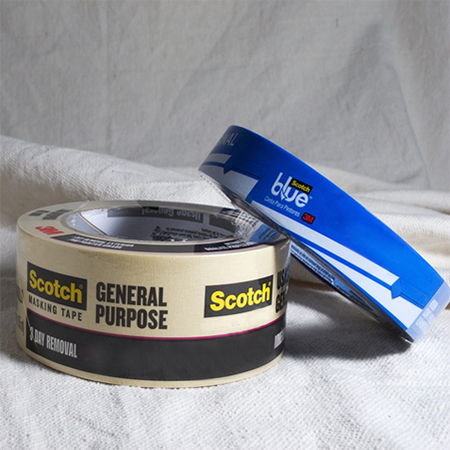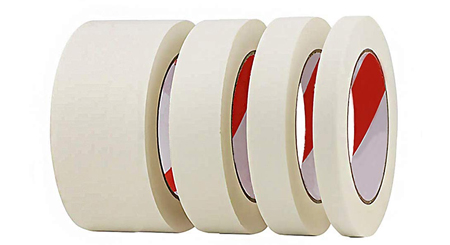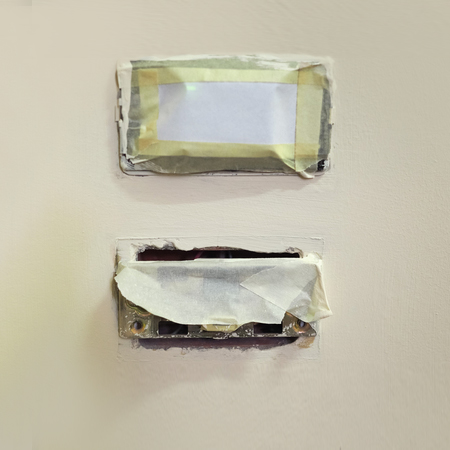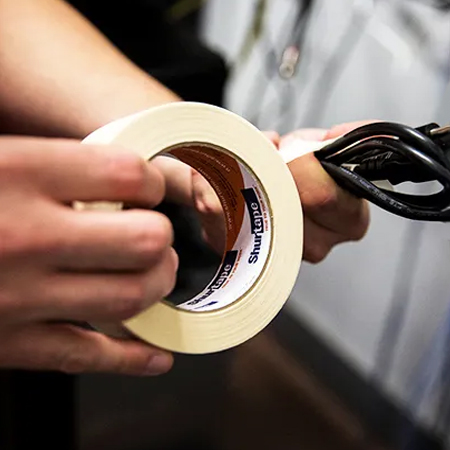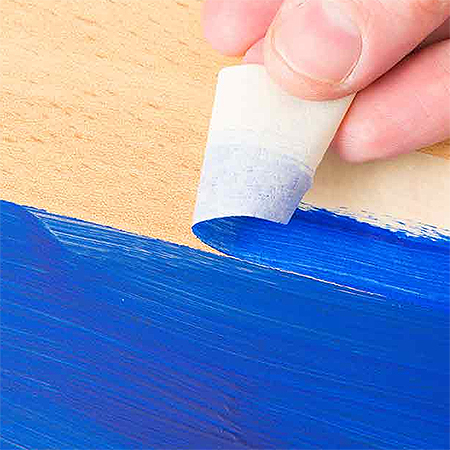Which is Better - Masking Tape or Painter's Tape?
Masking tape is reasonably inexpensive while painter's tape costs more, but it helps to know which is the better of the two and why.
29/09/2021
Not sure whether to use masking tape or painter's tape? Read on...
Unlike many other countries around the world, we are a bit limited when it comes to options - in all ways. Anyone who regularly browses online sites such as Instagram, Pinterest and YouTube, will, at some time or another, come across a project they would like to make or do only to find that the materials specified are not available locally. This can be very frustrating and, while there are probably substitutes you can use out there, it isn't always easy to find what you need.
Masking tape and painter's tape are just a couple of the products that are limited as regards options. We don't have the luxury of being able to browse and see which product is the best. Globally, there are plenty of options to choose from and hundreds of reviews online that discuss the pros and cons. We can either have masking tape or painter's tape and that's it. So, which is the better option and should you pay more for painter's tape?
Difference Between Masking Tape and Painter's Tape
Both masking tape and painter's tape are used for similar functions - that of masking off around an area to be painted. When you visually compare masking tape against painter's tape, you can immediately see that painter's tape is thicker. They both come as a roll and both are available in different thicknesses, but this is where the similarity ends.
When to use Masking Tape
Masking tape doesn't have a lot of tack, which means it is not great at sticking to many surfaces for a long period of time. I have often wrapped projects with masking tape before painting or working on them, only to return after a few minutes to find that the masking tape is already peeling off. It is even worse when painting a wall and masking tape is useless at sticking to a painted finish, so why bother!
When looking to cover up an item, such as a fixed wall light fittng or other fixture on the wall, and plan to wrap this in newspaper, masking tape is ideal for this. You can wrap the entire item with newspaper and then wrap the masking tape around to secure and hold in place.
Having said that, masking tape does stick well to glass and can be used when you are painting, staining or sealing window frames, picture frames or other project that incorporates glass.
The bottom line is that masking tape does not have a lot of tack and easily peels away from many surfaces, making it redundant when painting and masking off certain areas.
tapemanblue.com
When to use Painter's Tape
Unlike masking tape, painter's tape is quite tacky and has good adhesion to almost any material. The tape is also thicker yet can still be curved around circular items. It might be more expensive than masking tape, but wouldn't you prefer to pay extra if it works better?
Painter's tape is specifically designed for painting projects. It sticks well to painted walls and yet still peels off easily without leaving any adhesive residue behind. Painter's tape also doesn't peel or lift when you go over it with a paintbrush or paint roller, which sometimes happens with masking tape. The crepe texture of painter's tape ensures that paint will not affect tack.
Painter's tape leaves a neat, unblemished edge on painted surfaces.
If you are painting any designs onto a wall or project, applying painter's tape will give you a clean edge if properly applied and run over with a finger to ensure it is firmly in place along the edges. Anyone who has used masking tape for a similar project will confirm that it leaves behind paint splotches when removed.
For painting projects painter's tape is the far better choice for masking off areas.

